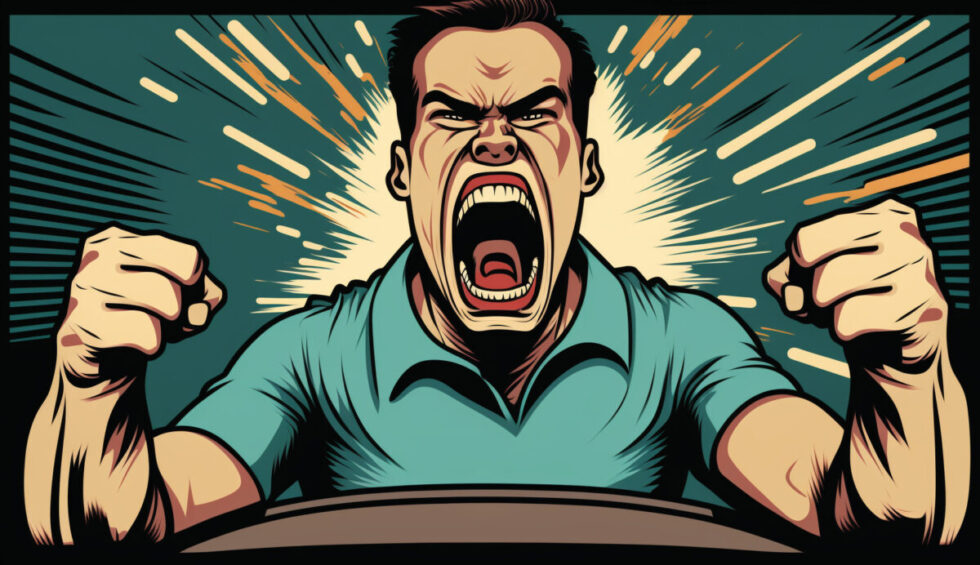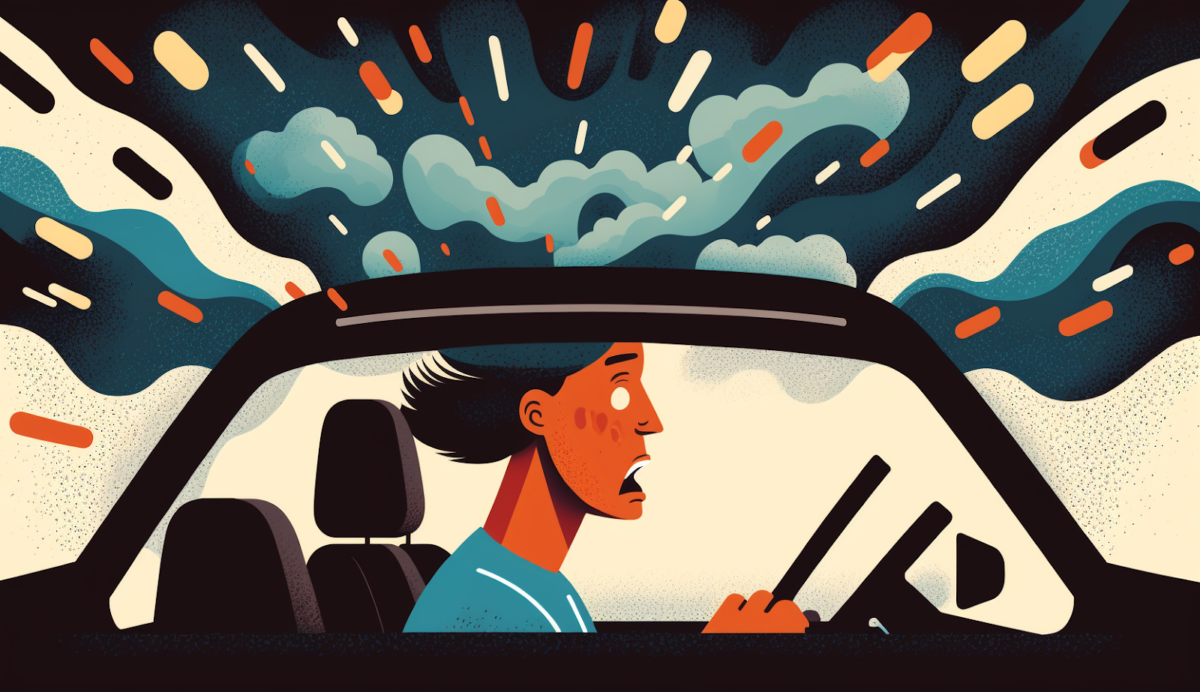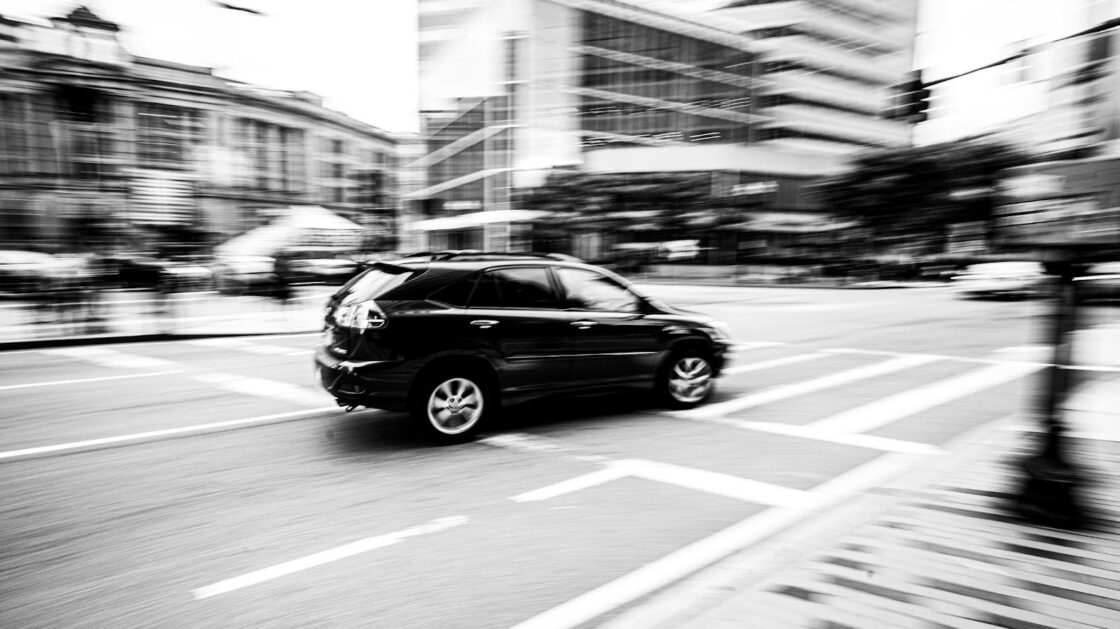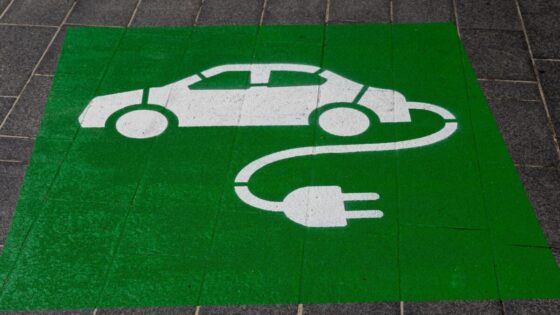The Psychology of Road Rage: Understanding the Triggers and Coping Strategies


There’s no doubt that road rage can be a serious problem on our roads, causing everything from minor accidents to major incidents of violence. But why do some people become so angry and aggressive when they’re behind the wheel, and what can be done to prevent these outbursts?
Causes of Road Rage
Environmental factors, such as traffic, time pressure, and anonymity on the road, can all contribute to road rage. Other factors, such as alcohol and drug misuse, aggressive behavior, and certain personality traits, can also increase the risk of aggressive driving.
Triggers of Road Rage:
- Anger and frustration, stress and anxiety, and perceived disrespect or injustice are common triggers of road rage.
- These emotions can cause drivers to engage in dangerous behaviors such as tailgating, cutting off other drivers, and even using physical violence.
Understanding the triggers and coping strategies associated with road rage is essential for promoting safer driving habits. One key aspect of safe driving is being aware of the latest safety features and advanced driver assistance systems (ADAS) available in vehicles. For example, according to a recent article on cars311.com, ADAS technology can assist drivers in maintaining proper lane positioning, managing speed and distance from other vehicles, and avoiding collisions.
The Neuroscience of Road Rage:
- The amygdala and prefrontal cortex are important brain regions that regulate emotions and impulse control while driving.
- Research studies have shown that these brain regions play a significant role in the development of road rage.
- Neurotransmitters and hormones such as adrenaline and cortisol can also affect behavior on the road.
- Adrenaline is known to increase the heart rate and cause the body to prepare for a “fight or flight” response, while cortisol is known to increase stress levels and impair judgment.
- These physiological responses can contribute to aggressive and dangerous driving behaviors on the road.
The Psychology Behind Increased Road Rage
There are various factors that contribute to the rise in road rage incidents. One of the most significant is the role of social media and news in promoting anger and aggression. News reports of road accidents and incidents often focus on the sensational aspects of the story, portraying drivers as either victims or villains. This can lead to a sense of injustice and anger, especially if drivers feel they have been unfairly portrayed.
Another factor is the influence of cultural norms and values on aggressive driving behavior. In some cultures, aggression is seen as a desirable trait, and drivers who exhibit aggressive behavior may be seen as more powerful or respected. This can create a cycle of aggressive driving, with each driver trying to outdo the other in terms of aggressive behavior.
Finally, the impact of personality, upbringing, and life experiences on susceptibility to road rage cannot be underestimated. Drivers who have a history of trauma, abuse, or stress may be more likely to experience road rage. Additionally, drivers with certain personality traits, such as impulsivity, narcissism, and hostility, may be more prone to aggressive behavior on the road.
The video shared on this tweet provides a graphic example of the dangers of road rage. This incident highlights the need for a deeper understanding of the psychological triggers that can lead to aggressive driving behavior. By exploring the underlying causes of road rage, we can develop effective coping strategies to prevent these dangerous situations from occurring on our roads.
One more relevant example to consider in the exploration of the psychology of road rage is the recent incident captured in this Twitter post. The video shows a driver engaging in aggressive behavior towards another vehicle on the road, highlighting the dangerous consequences of uncontrolled anger and frustration while driving. By examining the triggers of road rage and developing effective coping strategies, individuals can work to prevent these types of incidents and promote safer driving habits for themselves and others on the road.
Coping Strategies for Road Rage
One of the most effective ways to manage road rage is to practice techniques for managing anger and stress on the road. Deep breathing, visualization, and positive self-talk are all effective strategies for reducing stress and promoting relaxation.
It is also important to cultivate empathy and perspective-taking in order to avoid confrontations with other drivers. This involves putting oneself in the shoes of other drivers and understanding their perspective, even if we do not agree with it.
Law enforcement and community programs can also play an important role in preventing road rage incidents. By providing education and training on conflict resolution and anger management, drivers can learn to handle difficult situations without resorting to aggressive behavior.
gaining insights into common car engine problems could help prevent potential triggers for road rage. For instance, failing to maintain your vehicle’s engine could lead to unexpected breakdowns and increase frustration during your commute. To learn more about common engine problems and how to avoid them, you can refer to this informative article.
Interventions for Road Rage
For drivers who struggle with road rage, there are several interventions that can be helpful. Cognitive-behavioral therapy and anger management programs are both effective in helping drivers learn to manage their emotions and reduce aggressive behavior on the road.
Here are some useful bullet points:
- Cognitive-behavioral therapy (CBT) and anger management programs: These therapeutic approaches help individuals identify and change negative thought patterns and behaviors that contribute to road rage. They also teach techniques for managing anger and stress, improving communication skills, and promoting relaxation.
- Mindfulness and relaxation techniques: These techniques, such as meditation and yoga, can help drivers reduce stress and promote relaxation. By learning to focus on the present moment and regulate their breathing, individuals can better manage their emotions and avoid reacting impulsively on the road.
- Strategies for improving communication and conflict resolution skills: This involves learning effective communication techniques, active listening, and conflict resolution strategies. By improving communication skills, drivers can better express their needs and avoid misunderstandings or confrontations with other drivers.
It’s important to note that seeking help and support for road rage is not only beneficial for individual drivers, but also for public safety and community well-being. By addressing aggressive driving behavior, we can all work towards creating safer roads and a more peaceful driving environment.
The Consequences of Road Rage

The consequences of road rage can be severe. Drivers and passengers can be physically and psychologically harmed as a result of aggressive behavior on the road. In addition, the financial costs of accidents and legal consequences of aggressive driving can be significant.
Finally, road rage can have a negative impact on public safety and community well-being. It can create a culture of fear and aggression on the roads, making it more difficult for drivers to feel safe and secure.
Here are some key points about the consequences of road rage:
- Physical and psychological harm: Road rage incidents can lead to physical harm for drivers and passengers involved in the altercation, as well as for innocent bystanders. In addition, road rage can also have psychological consequences, such as anxiety, depression, and post-traumatic stress disorder (PTSD).
- Financial costs: Accidents resulting from road rage can be expensive, both in terms of vehicle damage and medical bills. Legal consequences, such as fines and even imprisonment, can also be costly.
- Public safety and community well-being: Road rage can have a negative impact on public safety and community well-being. It can create a culture of fear and aggression on the roads, making it more difficult for drivers to feel safe and secure. Road rage incidents can also lead to traffic delays and disruptions, which can affect the wider community.
FAQ
Anger, frustration, stress, anxiety, and perceived disrespect or injustice are some common triggers of road rage. Environmental factors such as traffic, time pressure, and anonymity on the road can also contribute to road rage.
Techniques for managing anger and stress on the road, such as deep breathing and visualization exercises, can be helpful. Empathy and perspective-taking can also be effective in avoiding confrontations. Law enforcement and community programs can provide additional support for preventing road rage incidents.
Yes, cognitive-behavioral therapy and anger management programs can be effective in treating road rage. Mindfulness and relaxation techniques can also be helpful in managing anger and stress.
Road rage can lead to physical and psychological harm to drivers and passengers, as well as financial costs of accidents and legal consequences of aggressive driving. It can also have a negative impact on public safety and community well-being.
Prevention strategies include improving communication and conflict resolution skills, addressing environmental factors that contribute to road rage, and promoting empathy and perspective-taking among drivers. Law enforcement and community programs can also play a role in preventing road rage incidents.



